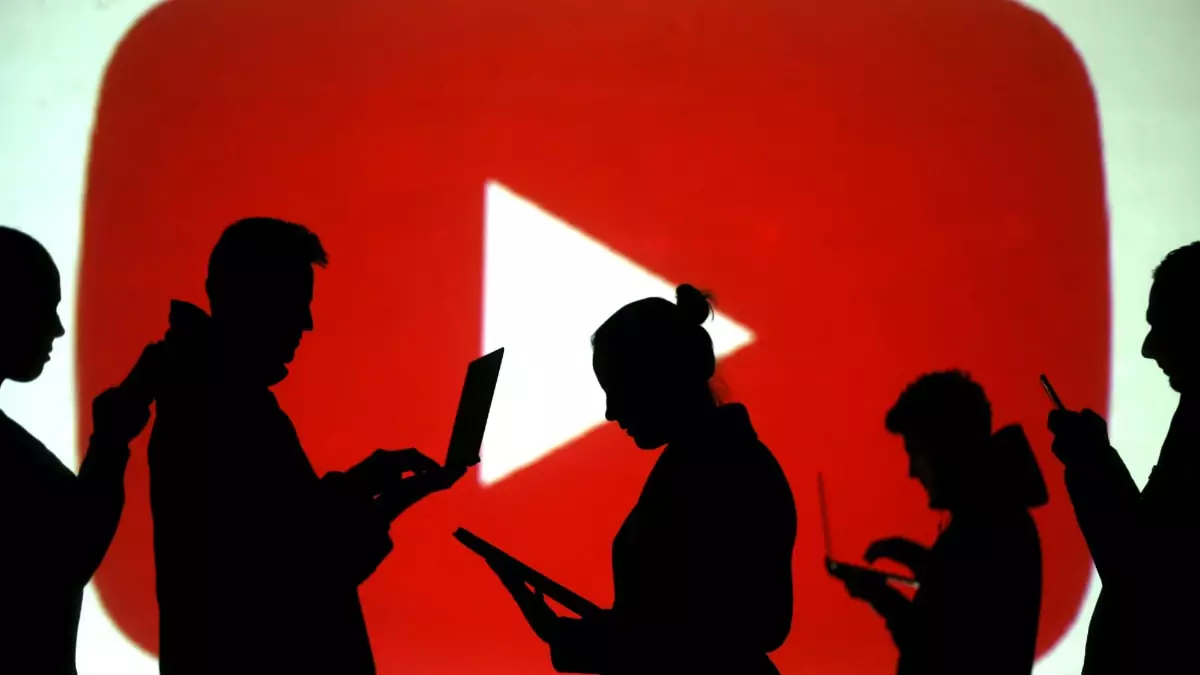In a bold move that has garnered significant attention, Australia’s eSafety Commissioner, Julie Inman Grant, is advocating for a reevaluation of the government’s exemption for YouTube from the social media ban aimed at individuals under the age of 16. This intervention underscores a critical concern regarding the imperative for equitable regulatory standards across digital platforms. Inman Grant’s appeal is not just about enforcing existing rules; it’s about ensuring that the legislation reflects a fair and consistent approach to protecting young users from potential harm.
YouTube: The Double-Edged Sword of Popularity
Recent insights reveal that YouTube, owned by tech giant Google, is the most frequented social media platform among young Australians. While this popularity can be seen as an indicator of success, it also serves as a notorious double-edged sword. The content consumed by this younger audience often straddles a precarious line. Inman Grant highlighted an alarming array of harmful material prevalent on the platform, which includes everything from misogynistic attitudes and hate speech to risky challenges that could spark dangerous behavior among impressionable viewers. Such realities compel us to ask: should an exception exist for a platform so deeply embedded in harmful online culture?
A Call for Accountability
In her radio appearance, Inman Grant did not mince words, arguing that the inherent risks associated with YouTube extend beyond mere entertainment. The presence of disordered eating narratives, exposure to suicidal ideations, and violent altercations is a stark reminder that the digital landscape can have dire consequences on mental health and overall wellbeing. It is essential that we hold platforms accountable, particularly those that wield significant influence over the lives of young people. Grant’s position highlights a broader trend among social media platforms, where companies must prioritize ethical content curation to create a safer online environment.
Leveling the Playing Field
The discontent expressed by companies such as Snap and Meta Platforms reflects a larger industry dialogue about favoritism and uneven playing fields within regulatory frameworks. The frustration has been amplified by revelations that the government made commitments to YouTube’s leadership before even consulting other stakeholders. This scenario raises critical questions about transparency and fairness in policymaking. If we are to foster an environment where all platforms are held to the same standard, such preferential treatment undermines the foundational principles of equitable governance.
The Future of Digital Legislation
As legislation surrounding social media use continues to evolve, Australia stands at a crossroads where transparency, fairness, and youth protection must converge. The call to action from Inman Grant serves as an urgent reminder of the responsibilities that accompany digital innovation. Rather than exempting certain platforms from the rules, the focus should shift towards creating an inclusive framework that safeguards youth and holds all companies accountable for their role in shaping the digital landscape. By prioritizing a level playing field, we can ensure that future generations are not only protected but empowered to navigate the complexities of the digital world with confidence.


Leave a Reply